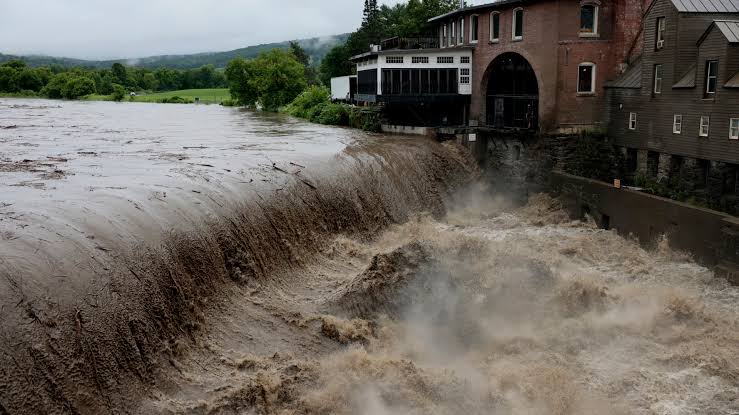
Images filmed by residents of the disaster area showed massive mudslides, collapsed buildings and entire neighbourhoods submerged under water.
A spokesman for the Benghazi-based administration in Libya, Mohamed Massoud, on Monday, said massive materials owned by both private and public entities were damaged.
“At least 150 people were killed as a result of flooding and torrential rains left by storm Daniel in Derna, the Jabal al-Akhdar region and the suburbs of Al-Marj.
“This is besides the massive material damage that struck public and private properties,” he added.
He said the prime minister of the east-based government, Oussama Hamad, and the head of a rescue committee as well as other ministers had travelled to Derna to evaluate the extent of the damage.
Hamad’s government — which rivals a UN-brokered, internationally recognised transitional administration in Tripoli — on Monday declared Derna a “disaster area”.
Experts have described storm Daniel — which also struck parts of Greece, Turkey and Bulgaria in recent days, killing at least 27 people — as “extreme in terms of the amount of water falling in a space of 24 hours”.
The storm struck eastern Libya on Sunday afternoon, notably the coastal town of Jabal al-Akhdar but also Benghazi, where a curfew was declared and schools closed for several days.
Rescue teams were also deployed in Derna, 900 kilometres (560 miles) east of the capital Tripoli.
With a population of 100,000, the city lies in the wadi of a river bearing the same name.
According to Massoud, the East Libyan authorities had lost contact with nine soldiers during rescue operations in the city.
The United Nations mission in Libya on Monday, on X, formerly Twitter, said that it was “closely following the emergency caused by severe weather conditions in the eastern region of the country.”
The UN expressed its condolences over the victims of the floods and said it was “ready to support efforts by local authorities and municipalities to respond to this emergency and provide urgent humanitarian assistance.
Hundreds of residents are still believed to be trapped in difficult-to-reach areas as rescuers, backed by the army, try to come to their aid.
Libya, sitting on Africa’s largest known oil reserves, was plunged into chaos following the 2011 NATO-backed uprising that toppled and killed former dictator Moamer Kadhafi.
Two rival governments based in the west and east have been vying for power, with deadly conflict occasionally erupting.




